Going green: Could seaweed be the answer to a healthier planet? Whaling Museum finds out.
NEW BEDFORD — Is seaweed the answer to a healthy diet — and a healthy planet?
Four scientists in the field will convene at the New Bedford Whaling Museum on Thursday to discuss seaweed and its myriad potentials.
Nori, Irish moss, kombu, dulse, wakame, mekabu, arame, sea lettuce, hijiki, umibudo are all types of seaweed that are edible. Seaweed contains the same nutrients and minerals that are typical of leafy green vegetables that we eat.
While seaweed can be good for you, experts say no to eating it every day as high levels of potassium and iodide from eating too much seaweed can be harmful to your health.
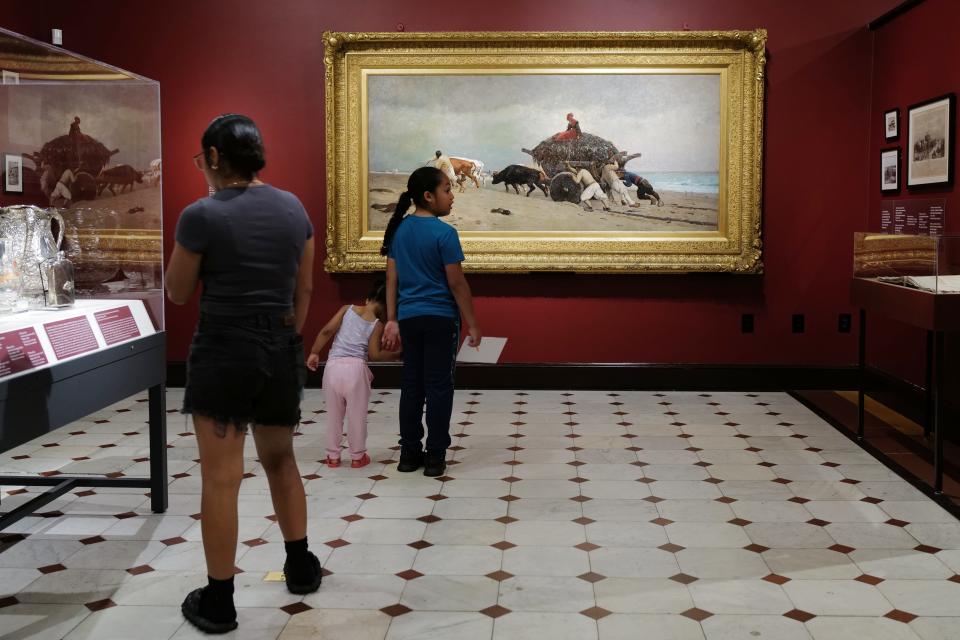
Why focus on seaweed?
An ongoing exhibit at the New Bedford Whaling Museum called A Singularly Marine & Fabulous Produce: the Cultures of Seaweed combining art, science, history and culture will be open through Dec. 3 provides a new look at the history and future of seaweed.
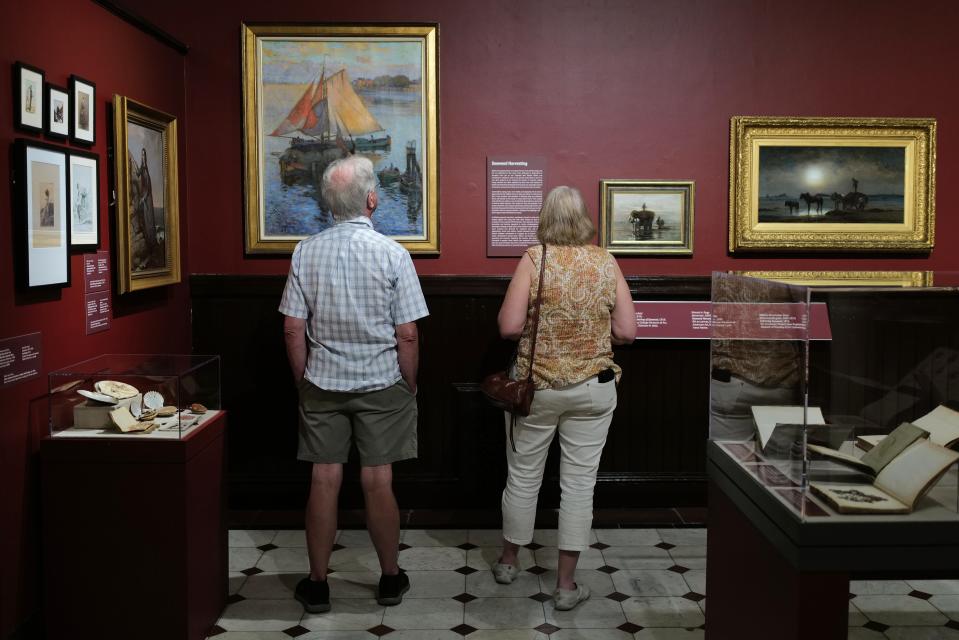
The exhibit includes watercolors, decorative arts and amateur-made seaweed albums, collages and early photographs.
Is seaweed good for the environment?
So what’s new with aquaculture and seaweed as a food source and climate change solution? On Thursday, Aug. 3, a panel of New England seaweed experts at the Whaling Museum will talk about seaweed from the ancient craft of harvesting it to modern disruptive techniques.
Naomi Slipp, chief curator at the museum, acknowledges that you don’t hear about an exhibition on seaweed every day so it’s a bit out of the ordinary.
However, she said seaweed will have a role in addressing issues around climate change, aquaculture and sustainability according to the four experts who will speak about their work so they can start a conversation.
“We have had really great opportunities to partner with people who are working at the forefront of seaweed and its scientific study because I think they are excited about the public outreach opportunities of an exhibit like this and then how we can bring it into the present day,” she said.
What are the benefits of seaweed?
The roundtable discussion with four scientists working on the forefront of applications for seaweed from 6 to 8 p.m. will be the first conversational program they are having for the exhibition.
“They're really investigating a lot of different ways that seaweed can be an answer to a lot of the critical issues that we're facing today,” Slipp said.
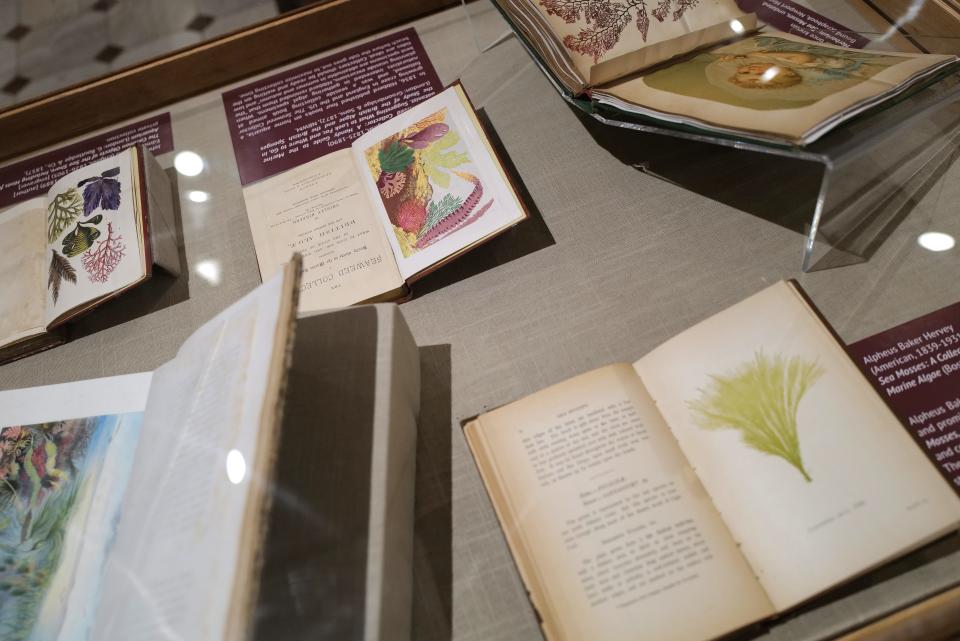
The four scientists will have a 40-minute discussion with Slipp as moderator followed by questions from the audience for 20 or 30 minutes.
“So many critical questions are being explored through the life of seaweed so I think it’s going to be a great conversation,” she said.
What to see: 'Kin' is headed for New Bedford Whaling Museum.
Can seaweed benefit the SouthCoast?
She said the audience will be able to learn about the different kinds of alternatives and the roles that seaweed may be able to fill and what this might mean for communities across the SouthCoast that are struggling with nitrogen-rich coastal environments or algae blooms or other water-related issues.
She said it may be surprising to hear about the many different applications for seaweed.
“They really are exploring seaweed for everything from a plastics and textile alternative to the chemical compounds we can extract from seaweed and what those can be used for to seaweed as a sustainable foodway,” she said.
For example, she said seaweed grown in large agriculture facilities can produce food that is nutritious and has a high amount of protein and can help address the challenges around food scarcity.
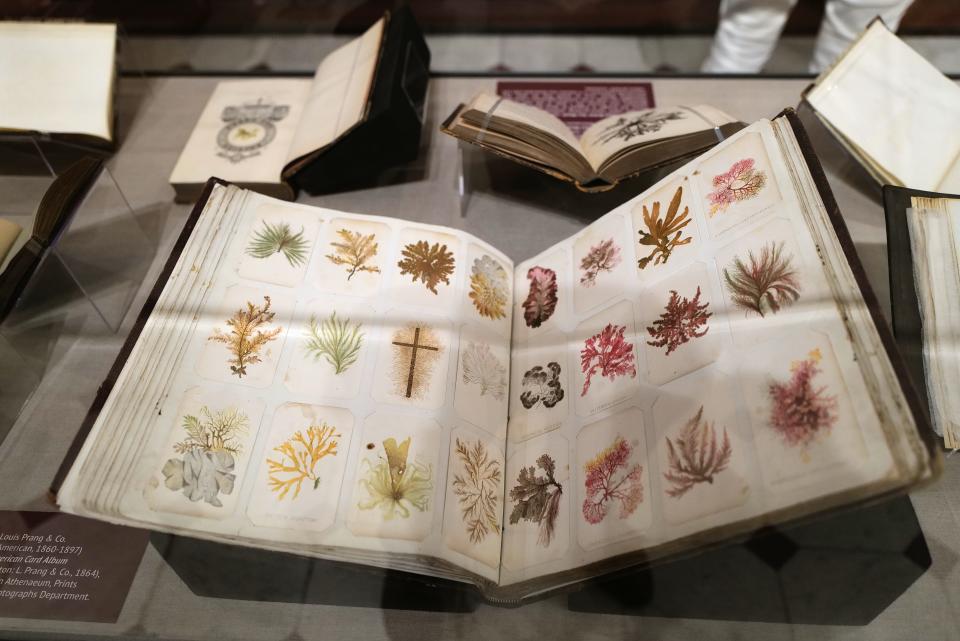
Can seaweed offset carbon footprints?
She said seaweed can also be an alternative to the heavy impact carbon agriculture that is practiced today as well as a biofuel alternative and potentially a mode of carbon sequestration to offset the carbon footprint.
She said restorative agriculture is much more intentional than large-scale farming, and all the groups they have been working with are thinking about what growing seaweed actually does for the ecosystem.
“Certainly, for us in a coastal community with how much New Bedford relies upon a clean and productive coastal environment, the benefits of growing seaweed and the impacts that it has on water quality, on ocean biodiversity, that it has on all different parts of the ecosystem, is incredible,” she said.
Atlantic Sea Farms based in Maine has been working with lobster fishermen to farm sugar kelp in the offseason so they can diversify their operations, and the company’s scientific advisor will be one of the speakers. Slipp said the company piloted a program making biofuel made from seaweed years ago.
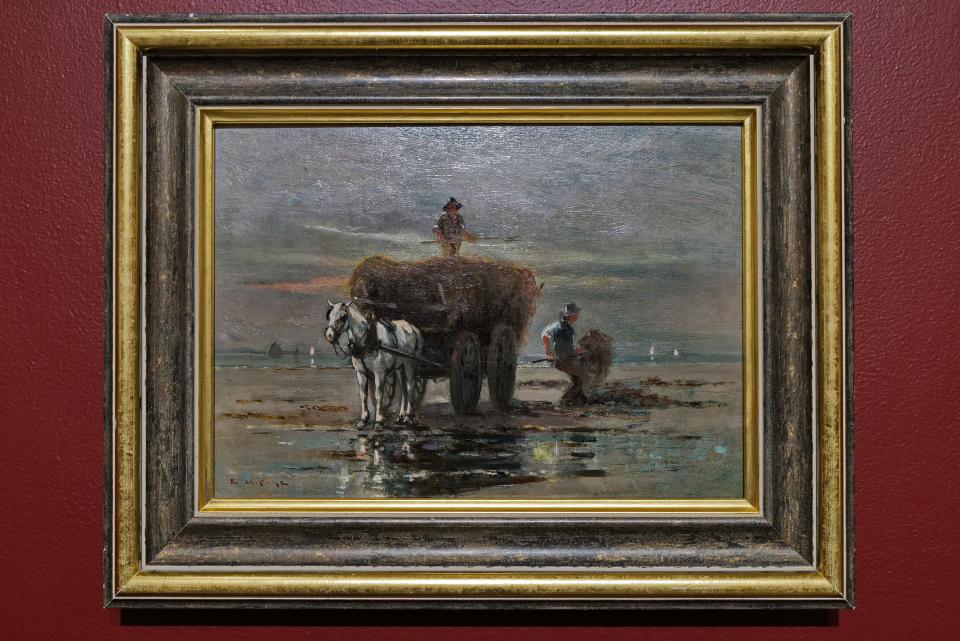
What can you learn from the exhibit?
The centerpiece of the exhibit depicts a group of people collecting kelp on the coast of Brittany and France in the 1870s for agricultural purposes. There were economic opportunities for people living on the coast.
With the high iodide content, they would burn the kelp and it would either go to iodine factories to be used in medicine or photography, or the potash would be used for glass production or saltpeter, a principal ingredient in gunpowder.
Seaweed was also used as insulation for houses, bedding and feed for livestock and as fertilizer for their gardens.
There was also the scientific study of seaweed and the three families of brown, green and red algae, and many of the collectors and students of seaweed were women. Slipp said collecting seaweed was viewed as a respectable hobby.
She said many of the major investments globally in the field of seaweed science are focused on women in disadvantaged communities who benefit from economic opportunities provided by groups including The Nature Conservancy.
What will the panelists focus on?
Loretta Roberson, associate scientist with the Marine Biological Laboratory, has been investigating seaweed as a biofuel alternative by focusing on the development of a tropical, red seaweed.
Scott Lindell, research specialist with the Woods Hole Oceanographic Institution, will address the challenge of meeting biofuel and food needs with farmed seaweed.
Steve Kirk, director of the Massachusetts Coastal Program at The Nature Conservancy, is focused on advancing the policy and practice of nearshore habit and shellfish aquaculture.
Thew Suskiewicz, seafood supply and innovation manager at Atlantic Sea Farms, focuses on Innovative products made from sustainably farmed sea greens.
Standard-Times staff writer Kathryn Gallerani can be reached at kgallerani@gannett.com. Follow her on Twitter: @kgallreporter.
This article originally appeared on Standard-Times: New Bedford Whaling Museum panel to talk about benefits of seaweed

